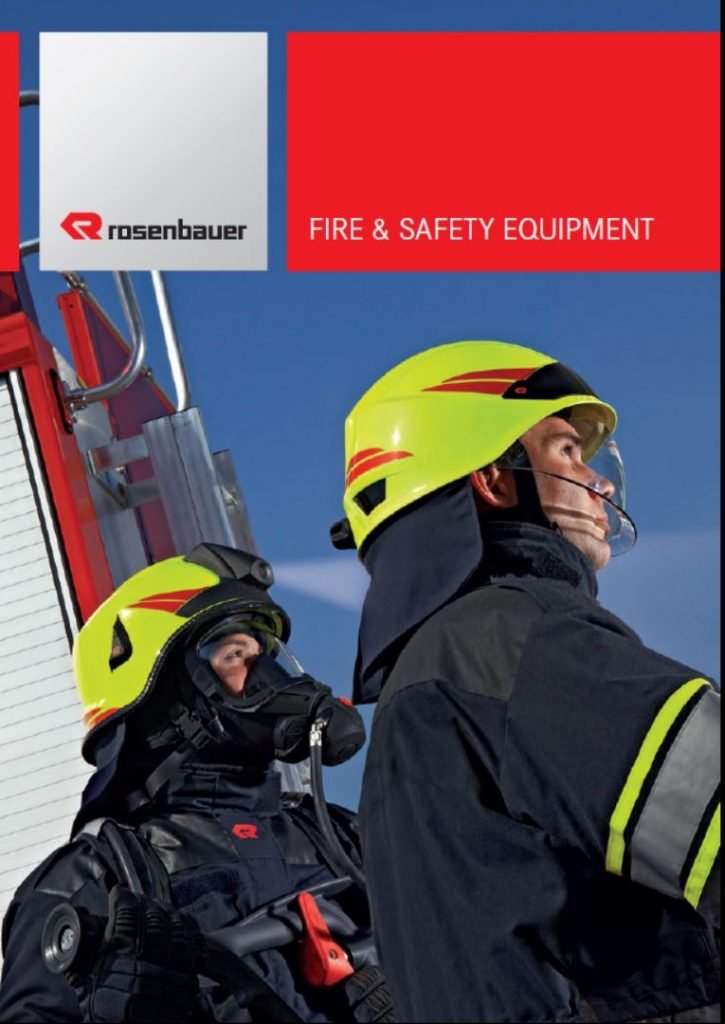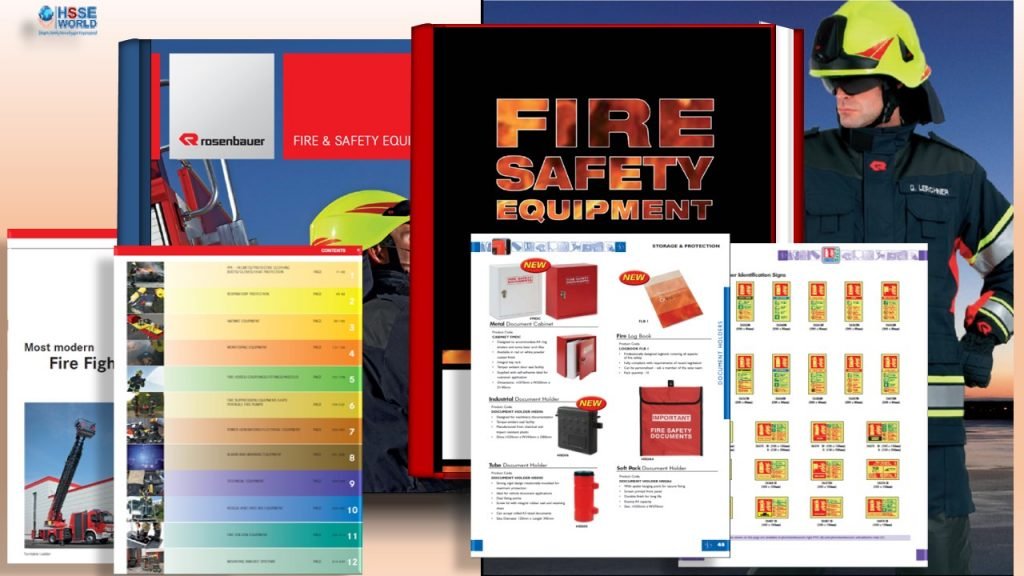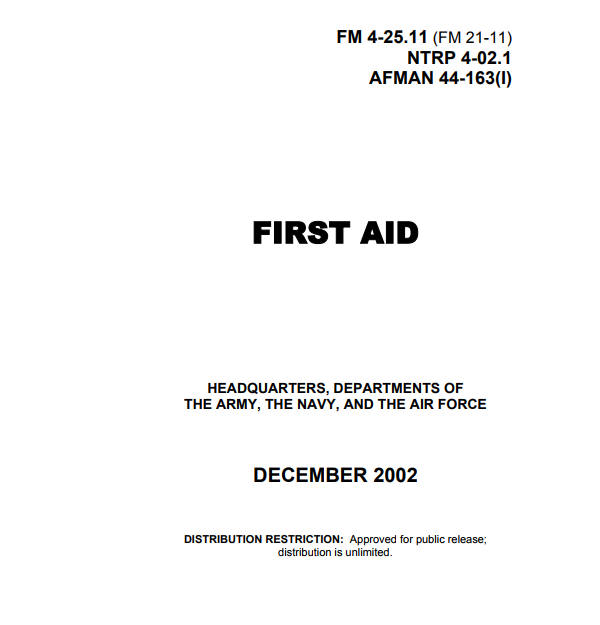Two guidelines To Fire & Safety including 1- Fire safety equipment and signs guidelines 2- Rosenbauer Fires and safety equipment Guidline
The risk of fire is always a major worry for workplaces due to risks of their premises being damaged or even destroyed, and events such as Bonfire Night and unforeseen events such as the 2011 riots keep the Fire Brigade on its toes.
Workplace fire regulations can be confusing, and since the Regulatory Reform (Fire Safety) Order 2005 came into force, the onus is on the employer to ensure that the correct fire safety plans are put into place. Fire and Rescue Authorities are the principal enforcers and have a statutory duty to enforce the requirements of the legislation.
There are several areas that can be missed during a risk assessment which can leave companies vulnerable. In many cases, the damage could be caused by problems in neighboring premises, something many organizations fail to consider in their risk assessments.
Even though there are recommended quantities and types of equipment to be used, it is not always suitable for every business. Usually, one water-based extinguisher is required for each 200m² of floor space, with a minimum of one extinguisher per floor. However, in large or more complex premises, and depending on individual risks such as large amounts of electrical equipment or hazardous chemicals, a greater number or wider range of extinguishers could be necessary and some premises such as kitchens, may also require hose reels and fire blankets.
According to the UK’s fire safety industry, 80% of workplace fires are put out using portable fire extinguishers. However, it may be worth considering going above and beyond providing basic water-based extinguishers, because they can leave lasting water damage once a fire has been extinguished and they are only really suitable for fires involving paper and wood. Carbon dioxide extinguishers are worthwhile in areas with a large number of electrical items or flammable liquids, and for flammable gases only, powder extinguishers can be used.

The British Standard Code of Practice BS 5306-3:2009 recommends that all fire extinguishers are serviced at least once a year by competent persons, i.e. a qualified technician or an employee who has undergone training, and every five years they need to be recharged and refilled or alternatively replaced. CO2 extinguishers cannot be recharged and therefore have to be replaced every 5 years. This has led to many organizations not only providing cycle storage facilities but also investing in changing rooms, shower areas, and lockers so anyone arriving at work on two wheels can still properly prepare for the day ahead.

Contents
1- The Contents of Fire Safety equipment Guideline
- fire fighting equipment
- storage & protection
- safety signs
- escape equipment
- door furniture & lighting
- site alarms & detection
- passive fire protection
- first aid equipment
2- The Contents of Rosenbauer Fire & Safety equipment Guideline
- PPE – HELMETS/PROTECTIVE CLOTHING BOOTS/GLOVES/HEAT
- RESPIRATORY PROTECTION PROTECTION
- HAZMAT EQUIPMENT
- MONITORING EQUIPMENT
- FIRE HOSES/COUPLINGS/FITTINGS/NOZZLES
- FIRE SUPPRESSION EQUIPMENT/UHPS PORTABLE FIRE PUMPS
- POWER GENERATORS/ELECTRICAL EQUIPMENT
- ALARM AND WARNING EQUIPMENT
- TECHNICAL EQUIPMENT
- RESCUE AND FIRST AID EQUIPMENT
- FIRE STATION EQUIPMENT
- MOUNTING BRACKET SYSTEMS
Download the book
Pandemic Survival Offer: Proven Steps To Staying Safe
And Preventing Infection
There have been many lies surrounding the recent Corona Virus outbreak in the US
But this latest one really takes the cake!
Right now, it is all over the news…
And believe it puts you in lethal danger,
More Downloads
- E-Books: Healthcare Hazard Control & Safety Management
- E-Books: Safety, Health and Working Conditions Training Manual
- E-Books: Energy Efficiency in Water and Wastewater Facilities
- E-Books: Fire Service Features of Buildings and Fire Protection Systems
- E-Books: Evaluation of Fire Safety free download
- E-Books: PPE for Chemical, Biological, and Radiological Hazards free
- E-Books: Changing the Workplace Safety Culture free download
- E-Books: Site Emergency Planning Workbook
- E-Books: Load Restraint Guide
- E-Books: Essential Practices for Creating, Strengthening, and Sustaining Process Safety Culture
- E-Books: System Safety Engineering and Risk Assessment
- E-Books: Permit-Required Confined Spaces
- E-Books: Is it Safe to Enter Confined Space?
- E-Books: 5-Minute Workplace Safety Talks
- E-Books: Safety Culture and High-Risk Environments
- E-Books: Practical Guide to Industrial Safety
- E-Books: Slip, Trip, and Fall Prevention for Healthcare Workers
- E-Books: Health and Safety at Work Key Terms
- E-Books: Fundamentals of Process Safety Engineering
- E-Books: Gas Detection Hand Book
- E-Books: Occupational health and safety management systems ANSI-AIHA-z10-2012
- E-Books: Hot Work on Drums and Tanks
- E-Books: Human Fatigue Risk Management
- E-Books: Guidelines for the provision of facilities and general safety in the construction industry
- E-Books: Handbook of Training in Mine Rescue and Recovery Operations ( 2021)
- E-Books: Code of Practice for the Safe Use of Lifting Equipment – Edition 9 (Nov 2019)
- E-Books: Free Forklift Health and Safety Best Practices Guideline
- E-Books: Handbook of Hazardous Chemical Properties
- E-Books: Human Performance Improvement through Human Error Prevention
- E-Books: Principles Of Fire Risk Assessment In Buildings
- E-Books: Investigation of Occupational Accidents and Diseases
- E-Books: Radiation Protection and Safety in Industrial Radiography
- E-Books: Basic Guide to System Safety, Third Edition
- E-Books: Food Safety Management-A Practical Guide for the Food Industry
- E-Books: Safety identification: Escape and evacuation plan signs- ISO 23601
- E-Books: Safety at Work
- E-Books: The Safety-Critical Systems Handbook 4th edition
- E-Books: Fundamental principles of occupational health and safety
- E-Books: Fire Safety Risk assessment Guide – Sleeping Accommodation
- E-Books: Mental health at work series
- E-Books: Live Fire Training: Principles and Practice
- E-Books: Pre-Startup Safety Review Guide
- E-Books: Fire and Emergency Drill Manual and Building Inspection Guide
- E-Books: Health and Safety: Risk Management 5th edition
- E-Books: Fire Protection systems -Third edition 2021
- E-Books: Fire Safety Logbook templates
- E-Books: From Accidents to Zero
- E-Books: Electric Safety Practice and Standards
- Your steps to chemical safety
- E-Books: Ergonomics and Psychology Developments in Theory and Practice
- E-Books: HAZOPS Should BE fun-The Stream-Based HAZOP
- E-Books: Safety Health and Environmental Auditing
- E-Books: A Quick Guide to Health and Safety
- E-Books: Occupational Ergonomics A Practical Approach
- E-Books: Job Hazard Analysis A Guide for Voluntary Compliance and Beyond
- E-Books: Electrical Safety of Low Voltage Systems





